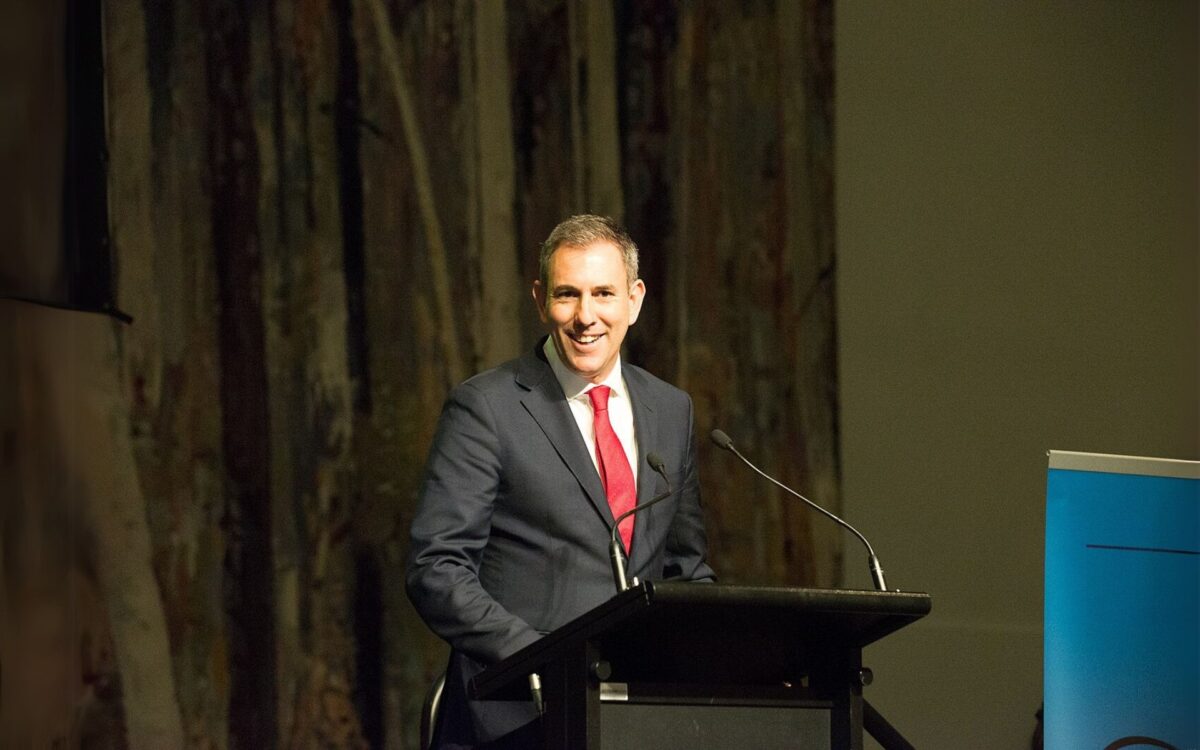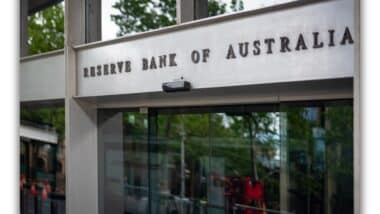In a statement that has drawn both relief and skepticism, Australia’s Treasurer, Jim Chalmers, declared that the worst of the inflation crisis is now ‘well and truly behind us.’ This declaration follows the release of inflation data showing a marked improvement in the nation’s economic outlook, as inflation falls within the Reserve Bank of Australia‘s target range for the first time in several years.
Inflation Data Brings Relief
In his press conference, Jim Chalmers emphasized that Australia’s inflation rate has dropped to the lower half of the RBA’s 2 to 3 percent target range. This marks a significant improvement compared to many other advanced economies, including the United States, United Kingdom, and Germany, where inflation remains persistently high. Core inflation, a critical indicator of underlying price pressures, has fallen to 3.2 percent, well below the RBA’s forecast for the fourth quarter of 2024.
Labor’s Approach : Balancing Inflation and Job Growth
The treasurer’s upbeat message comes with an important political context. Labor’s handling of inflation has sparked debates, especially regarding the government’s spending policies. Critics argue that if fiscal restraint had been applied more firmly, inflation could have been tackled more quickly. However, Jim Chalmers defended the government’s approach, highlighting that Labor’s fiscal strategy helped support jobs and wages growth, thus avoiding higher unemployment and weaker living standards.
A Potential Economic Turning Point
The recent inflation data has raised hopes that interest rates may soon be reduced. Economists have speculated that this could lead to rate cuts later this year. For many households burdened by high mortgage repayments, a rate cut would provide much-needed relief. EY economist Cherelle Murphy pointed to the data as a strong indicator that the Reserve Bank may begin easing rates, potentially alleviating the financial stress faced by many Australians.
The potential rate cuts are seen as a key factor in alleviating financial pressures for Australians, particularly those with high mortgage debt. Here are some key points regarding the potential impact of rate cuts :
- Immediate relief for homeowners: Rate cuts would likely reduce the financial burden on households with large mortgages, especially those struggling with higher repayments.
- Economic stimulus: Lower interest rates could encourage consumer spending and borrowing, potentially stimulating economic growth.
- Political stakes: Rate cuts would give the Albanese government a much-needed political boost ahead of the upcoming federal election.
- Global context: While Australia has made significant progress on inflation, its economic performance is still compared to other major economies, such as the US and Europe, which are also grappling with high inflation.
If the Reserve Bank moves forward with rate cuts, the effects will extend beyond households, influencing economic growth, political dynamics, and Australia’s position in the global recovery from inflation.









